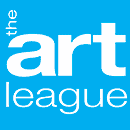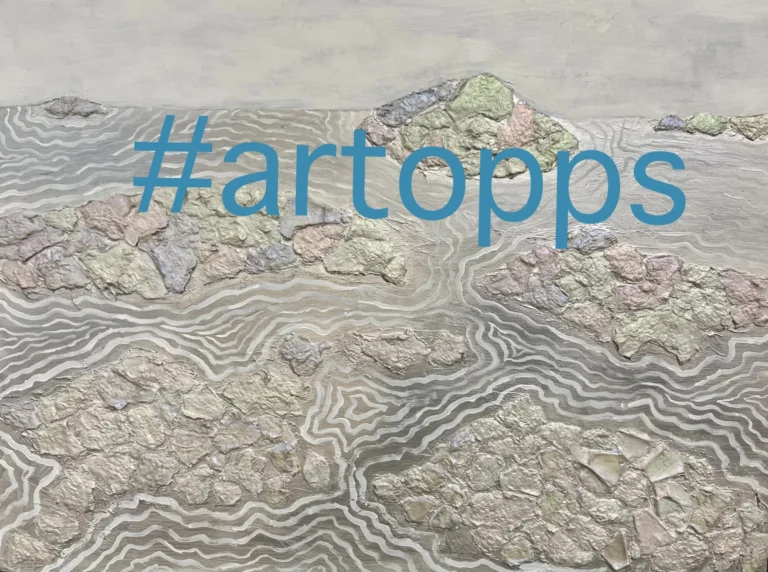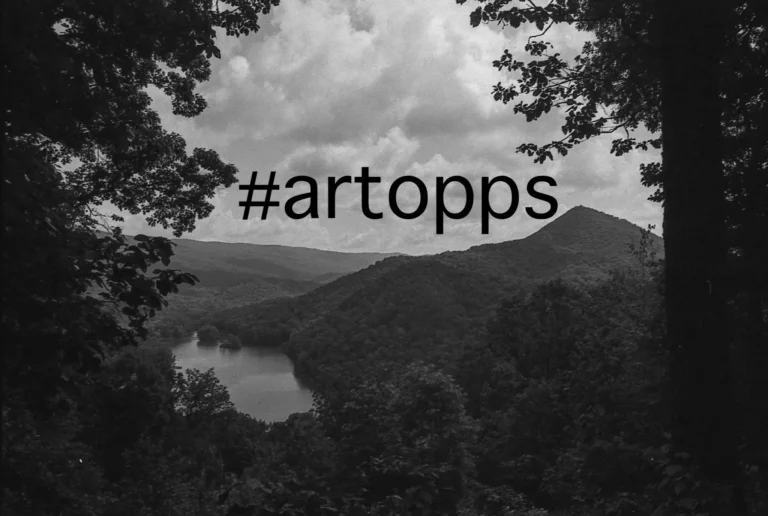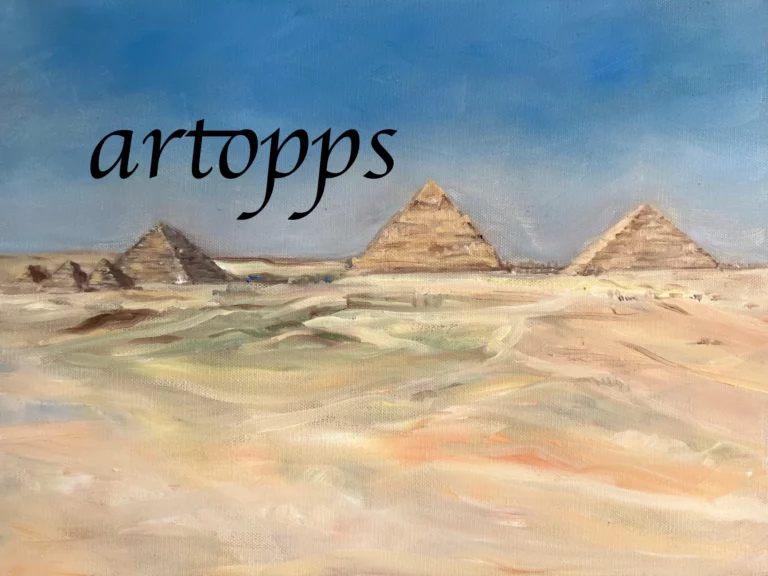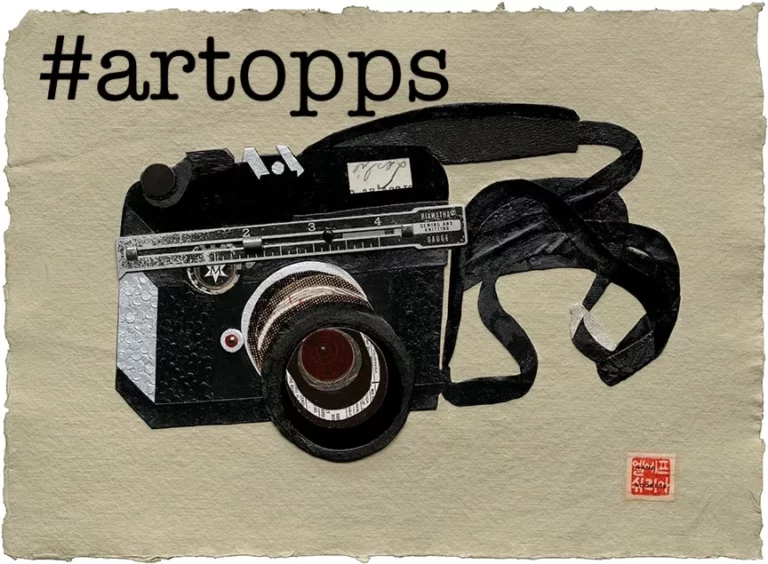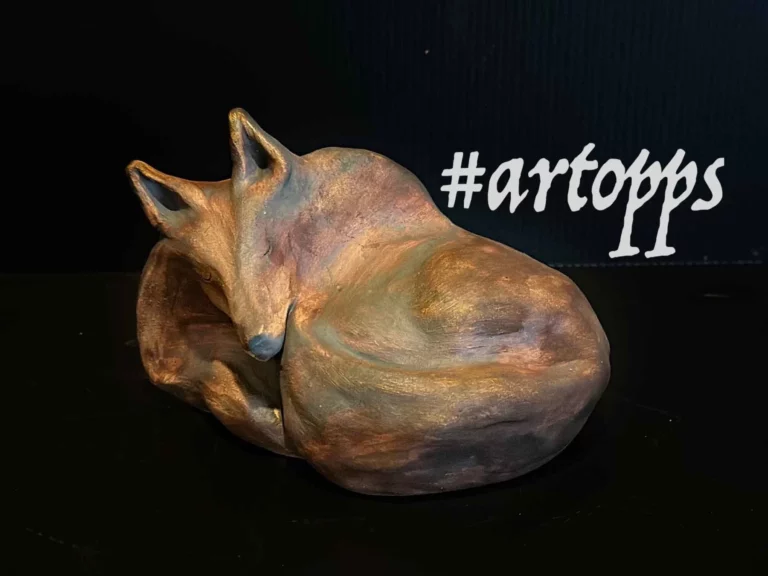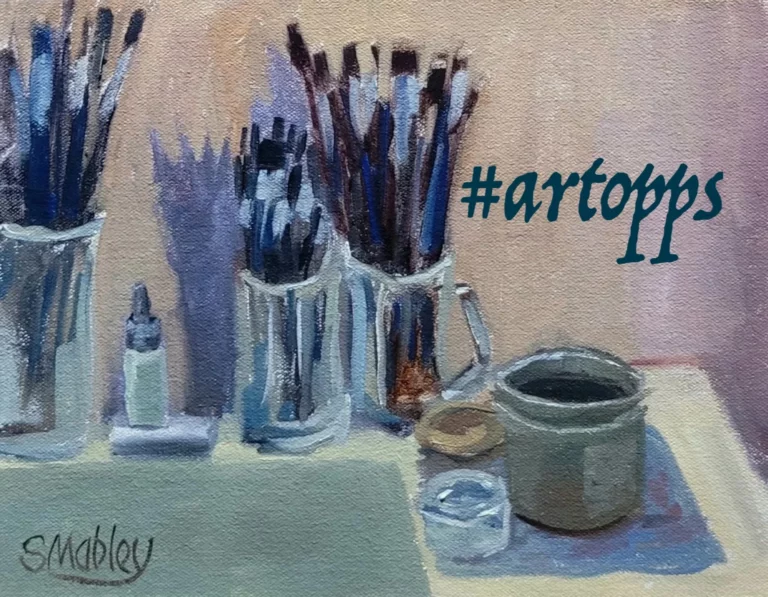Guest Instructor Kathleen Calhoun Sets the Tone
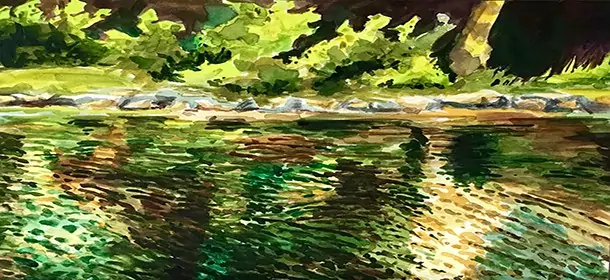
Kathleen Calhoun is an expert at combining art history into her teaching style and into her art. Ever a student and an instructor, she’s been immersed in the visual arts for more than four decades.
Calhoun’s upcoming workshop at The Art League combines techniques pulled from 17th and 19th century painters as well as modern art and digital imagery. “Setting The Tone While Pushing Your Limits” guides more experienced students through techniques to elevate their artwork and to compose eye catching pieces.
We asked Calhoun to talk about her background, artistic process, and her eagerly awaited workshop.

How long have you been teaching?
Unbelievably, I am now entering my fourth decade as a visual arts educator and student – I feel like I cannot be one without the other! In fact I am just wrapping up a month in NYC studying figure drawing and painting at the Art Student League as well as classical approaches at the New York Academy of Art. Currently, I am teaching at RVA’s version of The Art League, The Visual Arts Center.
What excites you about teaching for The Art League?
Ever since my first tour in 1986, through two fantastic Susan Abbott workshops last year, I have always been enamored with the mission, energy and diversity of the creative community of the [The] Art League. So when long time [TAL] supporter, Susan Prytherch took my workshop at Nimrod Hall Summer Program and suggested I should teach it here, I leapt at the opportunity!
How would you describe your artistic process?
I call it my two-legged expedition.
First, I start with a well-planned approach regarding most facets of the creative process (materials, process and subject matter); even mapping out color and tone while writing up process lists!
Then for the second “leg,” I select just one of those aspects listed above, toss out all the planning and completely open it up to creative wild abandon. This might include painting blind folded or using materials found only in my kitchen or a hardware store. The best part is, I change these parameters in-between series of work. It makes for what I call (and my website can attest to) an “eclectic aesthetic.” Often successful discoveries from the second part work their way into the first part.
Like walking with two legs, I believe this rhythmic pattern of planning and experimentation keeps my expressive and teaching journey in vibrant motion.
What do you aim for students to take away from this workshop?
Three main things:
- A greater appreciation for tone as foundational design element, as well as how tone is the building block for color composition.
- Strategies for using tone to grab the viewer’s attention from across the room and then nuance it to reward that viewer for coming in to take a closer look.
- Several free little goodies to use in their own practices later (whether in the studio or en plein air) to help identify proper tonal relationships in their work and references.
And as a bonus
4. How to segue this new tonal knowledge and apply it to their own particular color palette. Other workshop artists have told me this was the best part of the workshop – they were able to clarify and fine-tune their palette, not only in color and tone, but also temperature.
As one 85 year old student put it:
‘Wow, I feel like I am now really looking and seeing for the first time in my life.’– Former Virginia Governor Douglas L. Wilder
Your class description says that students will pull from “17th century as well as 21st century techniques” can you give us an example of two techniques, one from each century that you will employ in your workshop?
From the way back when… [we will explore] several hybrids of our own self created tonal scales, and viewfinders. Also if time and student interest dictate, we can jump into the 19th century with the Van Gogh grid which I find much more helpful than the simple square one.
From today… analyzing digital imagery, learning some digital photography basics and manipulating filters to help train the eye to accurately read the tonal value and masses in a composition, as well as successfully jumping into subjective color while holding onto accurate tone.
But do not worry, we will also be using stuff from in those middle centuries to create notans [Japanese for “light dark balance] from historical works, rendering from our own staged lighted objects, and discovering how to use tone to improve on a few of those blah works we all create.
Finally, we will slowly reintroduce color and then if time allows bump it up to a full spectrum of experimenting with subject colors. One promise with this workshop — participants will not be bored!
Can you tell us a little bit more about who should take this class, or what type of student might best benefit from the workshop?
I would recommend this workshop for the serious hobbyist painter, illustrator maybe even the professional who is looking to expand their understanding of greyscale as it relates to light and form and learn some new observational strategies.

Just for fun: You often use mixed media paints…but if you had to pick one medium that you like the most, what would it be and why?
Ugh, the dreaded “favorite medium” question! It is like “Judgement-of-Paris” and “Who-Is-Your-Favorite-Child” rolled together. But it is a thoughtful question, since it can encapsulate the artist’s process and goals, so here it goes. Taking into account the many aspects of a painting-medium-brush release, portability, toxicity, transparency/opacity, pigment load, clean up, and versatility, I would have to say that it would be the paint that got me through grad school at VCU – acrylic. It can create a thick, impasto texture, or stay open like oil or wash, or block and resist like watercolor. Of course this now makes me want to run and go use my oils, watercolors, or inks….
Explain in one sentence what it means to you to set a tone and push your limits as an artist.
Having a dedicated routine (setting the tone) while consciously planning to let go of other parts of their studio practice will allow the artist to discover new aspects to creating (pushing their limits).
Sign-up for “Setting the Tone While Pushing Your Limits!”
Can't get enough?
Sign up for our weekly blog newsletter, subscribe to our RSS feed, or like us on Facebook for the latest Art League news. Visit our homepage for more information about our classes, exhibits, and events in Old Town Alexandria, Virginia.
